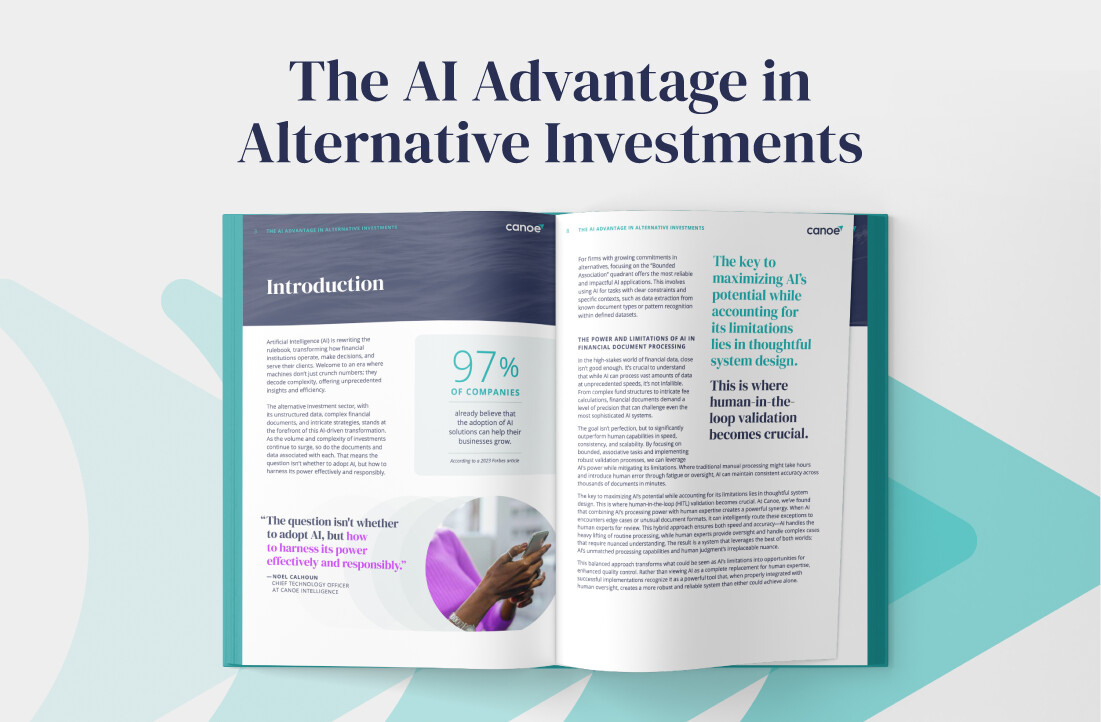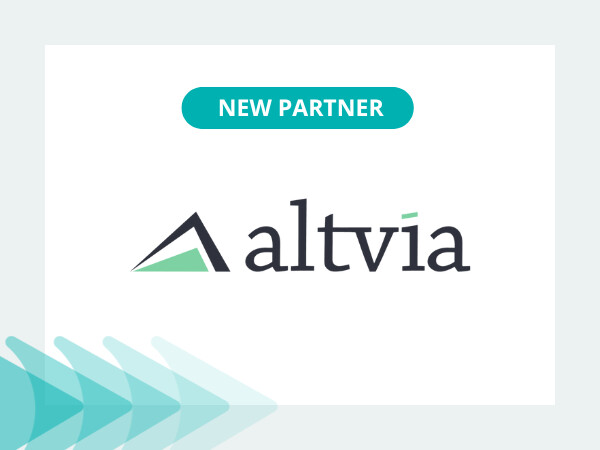To Truly Manage Risk, Alternative Allocators Must Automate Data Extraction and Capital Call Workflows
Risk management: It’s a key part of the alternative investment process for both allocators and the buy-side entities they engage. For every transaction they undertake, these firms must ensure they have a contingency plan for when an investment does not perform as expected and that their overall strategy accounts for deviations from this expectation. But to truly mitigate all possible vulnerabilities goes much deeper than investment strategy. In fact, processes as simple as wiring money to the proper destination are today rife with risk, demanding that alternative allocators be vigilant in their approach.
According to a recent report from Agari, a provider of email security solutions, capital call investment scams have become an increasingly popular means of defrauding allocators out of their money. In these cases, a bad actor sends a phony invoice requesting funds in accordance with a given capital commitment, with the wire information routing to the scammer’s own account. Firms that fail to do their due diligence on these requests are opening themselves up to substantial financial loss – the report found that the average amount targeted is over $800,000 – not to mention negative headlines and a damaged reputation. This kind of fraud is not limited to email – it can also occur via secure document portals or through any other means by which this information is exchanged.
Alternative allocators and their treasury teams have historically taken a few different routes to verify the wire information on these capital call notices, depending on how advanced their treasury system is. The common thread is that all leave much to be desired in terms of risk reduction and efficiency.
Some allocators manually check the wire information against previous capital call notices, typically starting with the most recent one. If there is a discrepancy, the firm must dig deeper. Does the buy-side firm in question sponsor multiple funds? Might it have multiple accounts, depending on the specific instruments or region? Ultimately, it often makes sense to call the firm that sent the invoice, which means tracking down the right person and waiting for them to verify complex financial records. It is a tedious, manual process that wastes a lot of time for allocators that deal with a high volume of these requests.
Other allocators might maintain a database of the expected wire information and use it to validate each new request, but this too is inefficient. Banking information changes all the time, and there may be a variety of different wire information used by the same firm for different, highly specific purposes. This results in a massive repository of data in a constant state of flux, creating just as many annoying tasks as a fully manual workflow. For both approaches, humans are involved in every step of the process, injecting inherent risk.
Neither one of these approaches is adequate, but at least they provide some level of protection from capital call investment scams. Unfortunately, research shows that many firms don’t do anything to verify wire information – as long as nothing looks egregiously fraudulent, they simply pay the invoice. In 99% of cases, nothing happens – but when the unlikely occurs and fraudsters come knocking, they are left with no protection. The financial penalty can be severe, but the loss of trust among investors and staff is often even greater.
Automation provides a solution. By integrating systems purpose-built for monitoring complex financial documents and flagging attempted scams, alternative allocators can feel secure in every transaction they engage in while treasury teams are saved from repetitive validation processes, enabling them to focus on more valuable work.
While the aforementioned workflows begin with manual lookups and incomplete databases, automated solutions can streamline the entire process with unparalleled accuracy. Upon receiving a capital call, automated solutions process the document and verify all relevant information – not just the wire numbers, but also the amount, due date, sending fund and any internal entities. From there, they check and cross-reference this information in an automated fashion. Any deviations are flagged for clients, enabling them to quickly approach the fund and get clarity. This entire process happens instantaneously, so if there is fraudulent behavior, it can be addressed quickly and forcefully, and treasury teams are not forced to expend resources on an illegitimate request.
Automation can greatly ease the process of verifying individual capital calls, but it is at scale that this approach shows its true power. An alternative allocator can receive many capital call notices over the course of a week, so tasking a treasury team with reconciling them is simply untenable. The same goes for tracking a high volume of minute changes for database maintenance. For large allocators, the problems with these methods are only magnified, making automation even more necessary.
At Canoe Intelligence, we offer first-of-its-kind AI technology to highlight the information alternative allocators need in an automated fashion. Our focus on these functions means we are uniquely positioned to support capital call validation across our entire client base – helping clients manage documents and extract data is what we do, and we’ve built cutting-edge technology to support associated workflows. On top of that, our team is comprised of individuals who have been on the investor side, so we have a keen understanding of the risks and challenges our clients face, as well as how the right approach can maximize their performance.
But what really sets us apart is that Canoe is a shared intelligence platform across a growing client base consisting of the world’s most prominent and sophisticated allocators and alternative investors. If our system does detect a fraudulent capital call request, it is immediately recorded and leveraged for future intelligence, so when other clients receive that same document, they are immediately notified. Compare that to a world where everyone performs manual verification or uses a proprietary database – a fraudulent capital call could wreak havoc on multiple allocators before it is finally halted. Sharing knowledge and resources in this way provides multiple layers of insulation from bad actors.
As long as markets exist, there will be those who seek to take what isn’t theirs by targeting the vast sums of money that change hands on a daily basis. But while alternative allocators can’t eliminate these risks, they can take a number of steps toward minimizing the chances that these attempts succeed – and an automated capital call reconciliation process should be at the top of the list. Through this approach, firms get one step closer to implementing a truly comprehensive risk management strategy.




